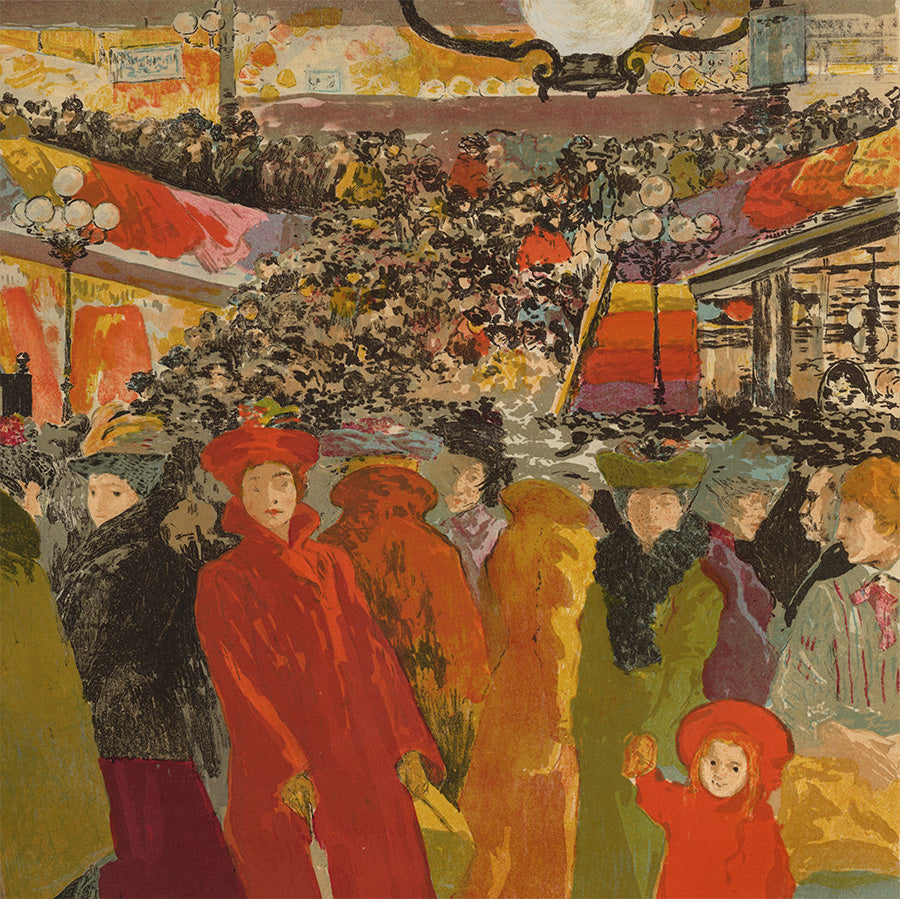Portrait of a Young Black Woman
Lithograph on white chine-collé on tan wove paper, no date.
Edition of 25. An impression numbered over 25 exists.
Signed and titled in pencil.
It is not completely clear whether the artist already discovered lithography while she lived at the Maverick artist colony in Woodstock NY, or a bit later while hired/paid by the Works Progress Administration (WPA). By around 1918 she would have met Bolton Brown, one of the founders of the colony who had already turned his creative attention to lithography by then. But of course, the WPA is well-known to have helped many artists discover the technique after 1935 as part of the Second New Deal. Few of Speare Rohland’s prints are dated, if any, making a chronology all but elusive.
Elegant portraits of African-American sitters were not common in any technique pre-World War II art. This unidentified sitter is set in an affluent interior, as the stone balustrade suggests, and possibly in a warm-climate location, as the plants outside seem to indicate. The artist and her husband, Paul Rohland, traveled frequently for inspiration, to Europe, the Southern and Western United States, and Puerto Rico. The young woman is shown pensive in a fine dress with only one tuft of hair out of place. While such intimate portraits of Caucasian sitters are common of the pre-World-War-I era, similar compositions depicting black sitters are not. The artist consciously showed black lives regularly in her work, both painted and in print.







